Set ablaze by the late September sun, its evergreen shore warms to gold. The small island barely visible beyond misted morning water, by evening, has found itself in the spotlight.
Taking a direct path from the sand beach just beyond our cabin’s doorstep across this narrow band of water, skirting the gilt edge of Echo Island, we found the rocky bay, entered and pulled the canoe up onto a sequestered 20-ft beach.

Once privately owned, as was the case with many islands which over the years have become part of Voyageurs National Park, remnants of its previous life remain. From within a tumbled pile of what must have been, years ago, a meticulously built rock wall entry, a mink watches our slow progression onto land, and then disappears into the depths of the woods. There is a park campsite here, complete with one-seater and bear-locker, available to anyone at any time.
On this day we find it empty, inhabited only by a most irritated red squirrel whose duties of the collection and disposal of pine cones evidently our mere presence has interrupted.
In the change of ownership, this small resident has risen in stature.
Dense and damp within, the woods of Echo Island, aside from birdsong, are silent. A heavy blanket of needles from towering red and white pine carpets the ground. Soft and fertile beneath it, a bed of dark organic matter has formed on top of the sandy base.
Cushions of moss run over every rock and envelope every fallen form.
Into it reach the roots of delicate wildflowers.
Lichens cover bark and branch.
Nose to the ground in this well-appointed space, I can see Pixie Cups and Fairy Thimbles, Witches’ Beard above me, and British soldiers below--
named for the shapes they resemble, to be sure.
And perhaps for the enchantment left by time spent in the places where one might find them.
For I thought I caught a glimpse of something magical there.






















































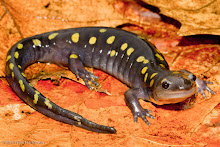




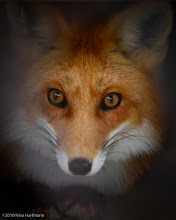

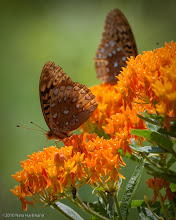

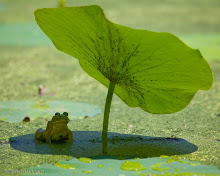
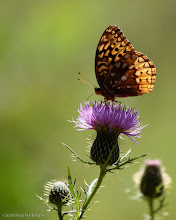
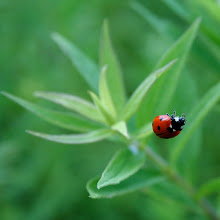




























%20copy.jpg)














